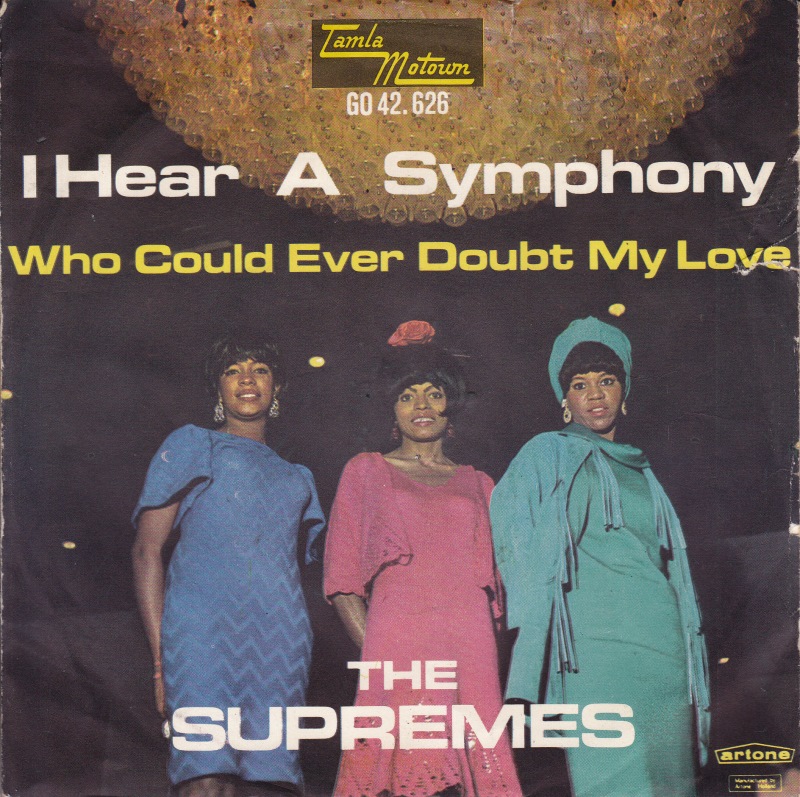November 20, 1965
- STAYED AT #1:2 Weeks
In The Number Ones, I'm reviewing every single #1 single in the history of the Billboard Hot 100, starting with the chart's beginning, in 1958, and working my way up into the present.
Imagine watching your single go to #11 and thinking that it's a problem. That's where Motown was with the Supremes in the waning days of 1965. The trio had pulled off the insane feat of landing five consecutive singles at #1, but a sixth, "Nothing But Heartaches," hadn't quite made it to the top 10. For Motown founder Berry Gordy, this was unacceptable. He told Holland-Dozier-Holland, the team responsible for writing and producing the Supremes' singles, that the Supremes should only release #1 singles. They took him seriously.
During that five-single run, Holland-Dozier-Holland had figured out a remarkably durable formula for Supremes singles: a four-four beat, a few shimmering melodic embellishments, cooed backing vocals that used the word "baby" a lot, Diana Ross singing warmly and sweetly about sadness. For "I Hear A Symphony," Holland-Dozier-Holland subtly reworked that formula, like a championship team adjusting game plans at halftime. They ended up with the best Supremes single yet. So of course it put the Supremes back at #1, where they belonged.
"I Hear A Symphony" is, very recognizably, a Supremes single. It's got the driving beat, the genteel flourishes, the murmured baby, babys. But it's deeper, warmer, thicker. Where Diana Ross once sang about being hopelessly alone, she sings about romantic bliss, about losing herself in another person. Her vocals, always warm and precise and inviting, take on a whole new tenderness, a sense of free-floating bliss. There's just a hint of pleading paranoia in there -- "don't let this feeling end" -- but mostly she's in dazed disbelief over how good she has it.
The song's central idea isn't exactly a complicated one. Ross is in such a dreamy, happy place that she imagines orchestral melodies even when they're not there: "A thousand violins fill the air now." And Holland-Dozier-Holland created that feeling themselves by creating their own smooth and dreamy melody. Everything on "I Hear A Symphony" seems to be holding back just a touch; even the obligatory honking-sax solo feels restrained. Early on, everything is subtle, like the tingly violin that mirrors Ross' melody. But as the song goes on, it gets more and more full, the strings and horns and pianos all working together in mechanistic harmony, proving the song's point. It's a beautiful piece of pop music.
Decades later, it's still baffling that the Motown assembly line could crank out something that transcendent on command. The people at that label understood the answers to questions that we've forgotten how to ask.
GRADE: 9/10
BONUS BEATS: Here's the almost unbearably lovely cover of "I Hear A Symphony" that the Jackson 5 released in 1970:






